|
|
History of the 78. Sturmdivision
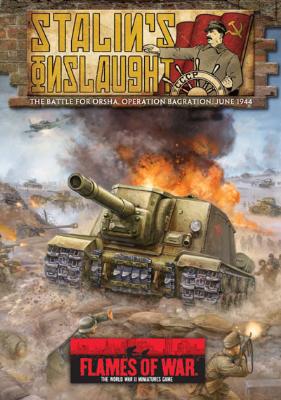 |
The Expanded History of the
78. Sturmdivision leading up to Operation Bagration
By Damian Robinson
The division was originally raised in 1939 as the 78th Grenadier
division in Stuttgart. It was first deployed in France in preparation
for Operation Sea Lion, the planned invasion of Britain. In June 1941
the Division was shifted east, forming part of Heeresgruppe
Mitte (Army Groupe Centre) for the invasion of Russia.
The Division stepped off from south of Warsaw on the 22nd of June,
crossing the river Bug the next day. Initially the division managed 30,
40 or even 50 km a day. However the initial rates of advance could not be maintained.
By November 15, the mud had finally frozen and the offensive
resumed, although the supply situation was no better. After a grinding advance in minus 40° conditions, the 78th
Sturmdivision stopped is assault on the 3rd of December as frostbite began to be a
bigger problem than enemy fire. They had advanced to the gates of
Moscow, just 38km away, but could go no further.
Soon, the Soviets, with fresh troops from Siberia, began
their counteroffensive, and the 78th was pushed back just east of
Gzhatsk where they finally managed to hold
the Soviet Winter offensive, forming the south eastern flank of the
Rzhev-Vyazma Salient, forming part of the Salient’s
defences for the rest of 1942.
|
|
Mid-War
For the 78th Sturmdivision, the Rzhev-Vyazma Salient was not a quiet area on the front. The Soviets conducted major offensive operations no less than four times throughout 1942.
The Soviets launched Operation Uranus in the south on November 17, 1942. Heavy fog and snowy weather grounded the planned air support, and it also greatly reduced the effect of the massive artillery barrages preceding the main attacks, as it made it impossible for the forward artillery observers to adjust the fire and observe the results.
The Germans had been expecting the assault, but it happened to catch the 78th Division while it was replacing elements of the 5th Panzer Division along the Vazuza River.
|
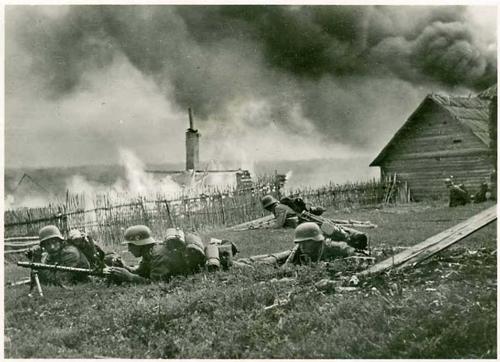 |
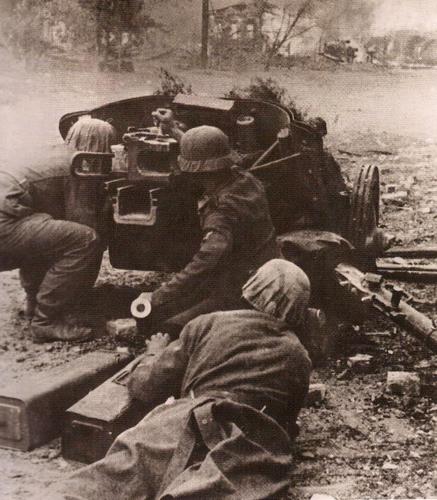 |
The confusion that ensued failed to help the Soviet attackers as the Germans formed ad-hoc company-to-battalion-sized Kampfgruppe and fiercely defended their defensive positions.
On the 27 November, the Soviets managed to achieve a breakthrough with a combined tank and Guards cavalry attack, but the various kampfgruppe managed to stop the exploitation while the 9th Panzer division arrived from reserve to contain the breakthrough. German Regimental commanders gathered up what troops they could from the rear areas, repelled the tanks and Cossacks, then moved up to plug the gaps left in their lines.
Over the night of the 28/29 November, the Germans conducted major counterattacks along the line, and pushed the Soviets back from their hard won positions. The battle had been a failure for the Soviets, but it had tied down forces that otherwise might have been free to attempt to relieve Stalingrad and inflicted extensive casualties on them.
Reformation
In January 1943, the division was withdrawn and reorganised as the 78. Sturmdivision, or Assault Division: a trial division for various organizational changes.
|
|
The basis of these changes was along similar lines to the Italian
Bersaglieri infantry, many weapons and few men. To this aim, individual
squads grew to 12 men supporting 2 machineguns, with three squads making a
full sized platoon. Each company was authorized 3 enlarged infantry
platoons, a heavy platoon of two heavy machine-guns and two 81mm mortars,
and two platoons of three PaK40 ant-tank guns. Compared to the
standard amount of support a normal Grenadier company would have, this was a
massive increase. Even though this level of PaK support was not reached
in practice, each battalion still had 11 integral anti-tank guns, more than
an entire Grenadier regiment.
|
|
In addition, the amount of support available at the regimental and divisional level was greatly increased, with the second battalion of the Sturmregiment being a field artillery battery of 9 105 howitzers and a heavy infantry gun company with light and heavy infantry guns.
However, having the artillery as a part of each regiment proved too cumbersome. After a few limited operations in March 1943, the Artillery battalions were returned to the command of Artillery regiment in April, and in June the Sturm-Regiments were reorganised with 2 battalions (each of 3 companies rather than the original 4).
|
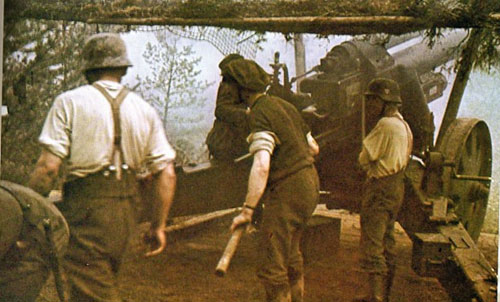 |
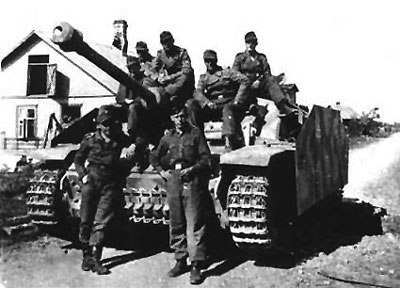
|
Sturmgeschütz Abteilung 189 (with StuG III Assault guns and Begleit escort troops) and Panzerjäger Abteilung 178 (Marder II) was also attached to the Sturmdivision at this time.
Kursk
On the north face of the Kursk salient, General Walter Model decided to attack with four corps. The XLVII Panzer Corps and the XLI Panzer Corps in the centre would make the main effort.
The right flank was protected by the XLVI Panzer Corps and the left flank was covered by the XXIII Corps (78th Sturm, 216th and 383rd Infantry Divisions), which would also maintain contact with the Second Panzer Army to the north.
|
|
On the Orel Salient the 78th Sturm Division was accompanied by an
Armoured Engineer Company equipped with Goliath midget tanks used for
breaching minefields. However, these were not very effective.Nonetheless, the 78. Sturmdivision, with the help of strong
close air support, broke through the first line of the Soviet 148th
Rifle Division and advanced 10 km to the road from Protaosva to
Maloarchangelsk.
The 78th Sturm division, supported by 170 tanks,
attacked the Soviet 307th Rifle Division eventually capturing Protaosva
after hard fighting. A Soviet counterattack recaptured part of the
village, and house-to-house fighting continued for several hours. By
the evening of 6 July, the Sturmgrenadiers had succeeded in clearing
the village and advanced to the Soviet second defence belt.
The
Soviet 74th Rifle Division, however, launched 11 attacks, each with two
battalions supported by artillery, against the 78th Sturm division at
Protaosva. The village - little but ruins by this time - changed hands
several times during the day but was in Russian hands at nightfall. The
78th Division fought well but, even with the support of a company of
Ferdinands, it did not make any significant progress into the Second
Defence Belt.
The Soviets launched more counterattacks in the north, with some
success. To meet this threat, the Germans began quickly to move troops
north. The German offensive at Kursk effectively had ended. On the 16
July, the 78. Sturmdivision returned to its original positions near
Orel, to face the Soviet counteroffensive.
|
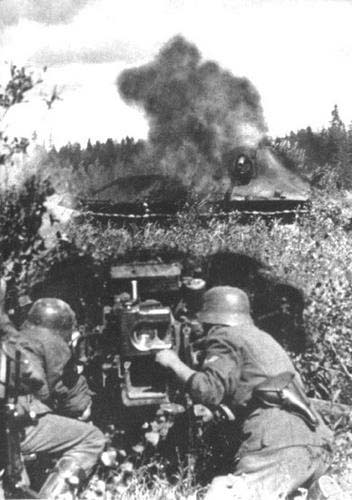 |
Despite the Germans' best efforts, they were pushed back along the
entire Eastern front. By October 1943 the Sturm-Division was in place
along the Panther line at Orsha, near the northern end of the Dnieper
River, having been shifted from the Ninth Army to the Second Panzer
Army in July, then to the Fourth Army in September.
|
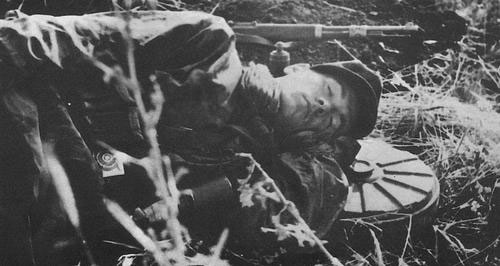 |
It was now part of
the XXVII Army Corp along with the 25th Panzergrenadier Division and
the 260th Grenadier Division, and defended a 32km front astride the
trunk road to Orsha, a critical junction along the Moscow–Minsk highway.
Further
Soviet offensives against Army Group Centre - the Gomel and Orsha
Operations in November 1943 and the Vitebsk Operation in February 1944
were unsuccessful against the strong defences of the Panther-Wotan
line. The terrain was heavily wooded and favoured the defender, and had
only been improved by the fortifications the Germans had prepared.
|
|
By the middle of 1944, most German Divisions were a mere shadow of
their former selves, but the Sturm-Division had been kept at high
strength. In fact, it had easily double the fighting strength of any
other Division in the Fourth Army, and held 25% of the Fourth Army’s
heavy artillery.
In addition to the support of 31 StuG IIIs and 19
Marder IIs, 18 heavy Nashorn tank destroyers were also available at
Armee level, making the division the most powerful German Infantry
formation in Byelorussia.
|
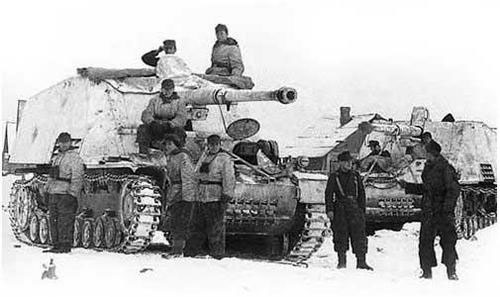 |
|
It would be up to this tenacious division to
stem the Red Tide outside Orsha in June, 1944 during Operation
Bagration. (See Stalin's Onslaught and follow the 78. Sturmdivision during its epic struggle through Operation Bagration!)
|
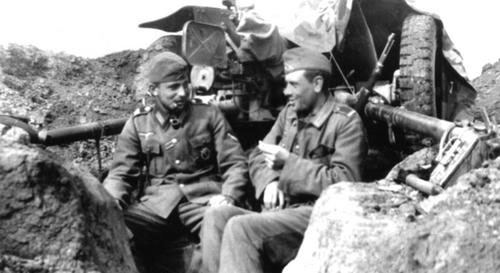 |
After Operation Bagration
After the collapse of Army Group Centre, those few survivors of the
Sturmdivision that managed to escape the collapse of Army Group Centre
were absorbed by the 565th Volksgrenadier Division. The Sturmdivision
would be reformed as the 78th Grenadier Division a few weeks later
fought on through Poland, Silesia & Czechoslovakia. It went through
two more name changes, the 78th Volksgrenadier-Division in August 44
then 78th Volks-Sturm-Division in January 1945. The division
surrendered to the Soviets in May 1945 near Deutch-Brod in central
Czechoslovakia.
|
Last Updated On Monday, March 30, 2009 by Wayne at Battlefront
|
|